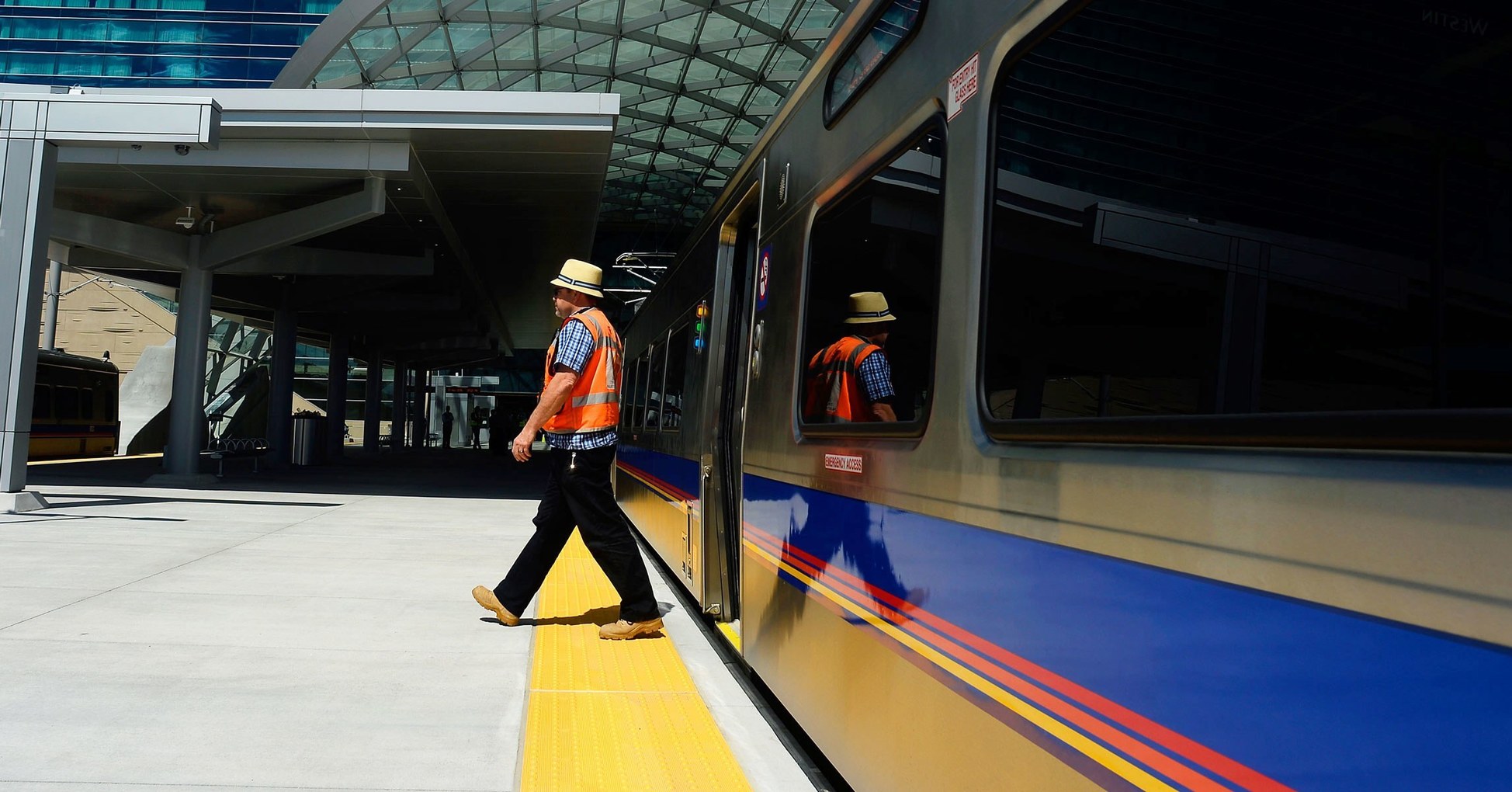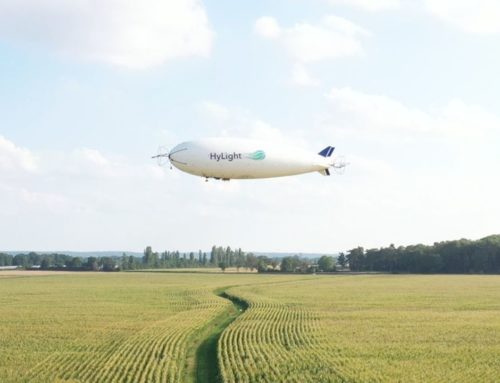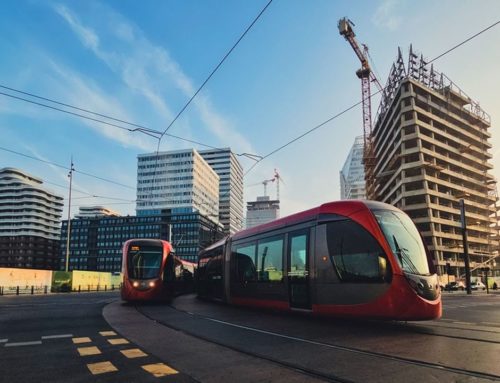The survey found that nearly a quarter of riders have decreased their transit use, 15 percent of those going from using transit “all the time” to being “occasional” riders. Nine percent have abandoned transit all together. Those results appear to comport with other local and national research on transit ridership, which has found that American bus ridership alone fell by 5 percent between 2016 and 2017. The country’s seven largest transit systems—Boston, Chicago, Los Angeles, New York, Philadelphia, New York, and Washington, DC—all lost riders in that period.
Where are those former all-purpose riders going? The TransitCenter results point to a growing consensus among transportation experts and researchers: Americans are getting even more into cars. More survey respondents said they had full-time car access today than did two years ago, 54 percent compared with 43 percent. Similarly, the number of respondents who said they didn’t have access to a car decreased, from 27 percent to 21 percent.
And while Uber and Lyft have grabbed headlines for convincing people to abandon transit in big cities like New York and Chicago, the TransitCenter says that the effects of those services are limited to just a few dense, urban places. “The broader issue is clearing space for your transit to get through congestion, and most of that congestion is from private cars, not [ride-hail],” says Ben Fried, the group’s communications head. “Cities need to make transit fast, affordable, convenient." Truly attractive transit has to do that better than private cars.
Sourced through Scoop.it from: www.wired.com







Leave A Comment